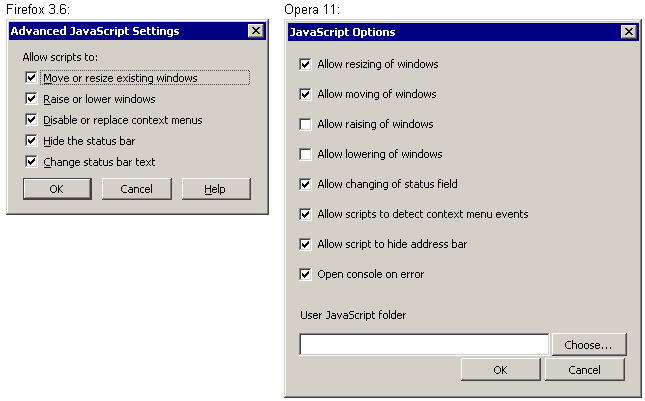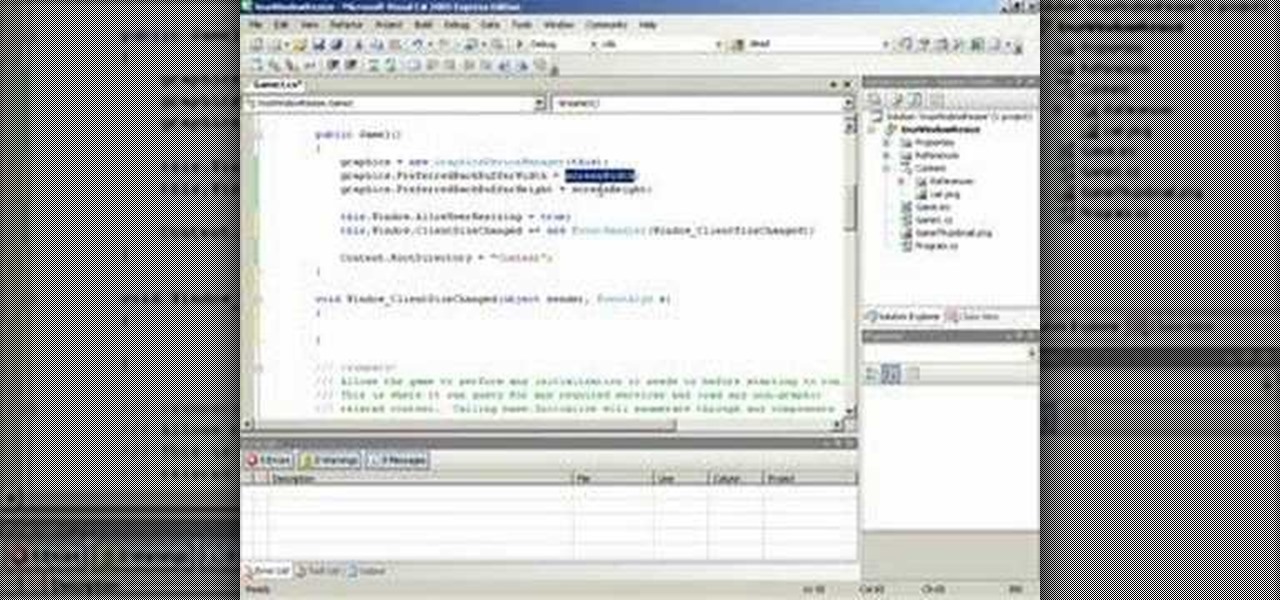
Here's the basic JavaScript debounce function ( as taken from Underscore.js): Why not limit the rate at which the function can fire? That isn't a heavy task in itself but being repeatedly fired after numerous resizes will really slow your site down. A quick example: you have a resize listener on the window which does some element dimension calculations and (possibly) repositions a few elements. If your web app uses JavaScript to accomplish taxing tasks, a debounce function is essential to ensuring a given task doesn't fire so often that it bricks browser performance.įor those of you who don't know what a debounce function does, it limits the rate at which a function can fire. Visit the Understanding the DOM - Document Object Model Series if you want to learn more about this topic.One of the biggest mistakes I see when looking to optimize existing code is the absence of the debounce function. An understanding of DOM Manipulation in JavaScript.

This article gives a thorough explanation of how forEach loops work. To learn more about loops, visit this article called For Loops, For…Of Loops and For…In Loops in JavaScript.

The How To Build a Website With CSS series can help you to achieve this. The How To Build a Website with HTML series is a great place to start. To successfully complete this tutorial, you will need the following: You will also implement React Observer in your own front end code and test for browser support. In this tutorial, you will learn about basic usage of React Observer. This is more and more frequent with modern single-page apps.

There’s also another use case for the Resize Observer API that the window’s resize event can’t help us with: when elements are added or removed from the DOM dynamically, influencing the size of the parent element. In other words, using window.resize is often wasteful because it informs us of every viewport size change, not just when an element’s size actually changes. This can easily lead to performance problems due to the large amount of triggered event. Up until this point, we’ve had to rely on the global window.resize event to listen for resize events and check if certain elements have changed size. The most frequent reason for an element’s size to change is when the viewport is resized or the device’s direction changes between portrait and landscape. It allows for elements to be notified when their size changes. Resize Observer is a new JavaScript API that’s very similar to other observer APIs like the Intersection Observer API.


 0 kommentar(er)
0 kommentar(er)
